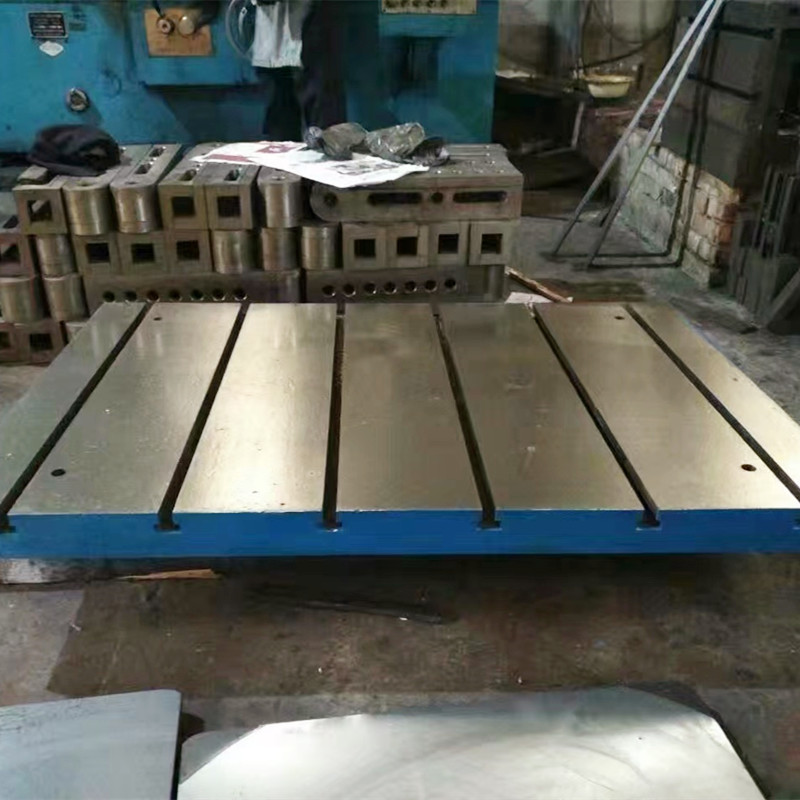ກ.ຍ. . 21, 2024 22:39 Back to list
internal thread gauge
Understanding Internal Thread Gauges Importance and Usage
In the world of precision engineering and manufacturing, the importance of accuracy cannot be overstated. One of the tools that significantly contributes to maintaining quality in threaded components is the internal thread gauge. This specialized measuring instrument is designed to evaluate the dimensional accuracy of internal threads, which are prevalent in various mechanical assemblies.
What is an Internal Thread Gauge?
An internal thread gauge, sometimes referred to as a thread plug gauge, is a tool used to check the pitch diameter and the profile of internal threads. It ensures that the threads conform to specified tolerances, which is critical for the performance of threaded fasteners. These gauges come in various types, including adjustable and fixed gauges, and can also be used to determine the quality and usability of tapped holes.
Types of Internal Thread Gauges
There are primarily two types of internal thread gauges limit gauges and go/no-go gauges. The limit gauge consists of two parts - a 'go' gauge that checks if the internal thread is within the desired limits and a 'no-go' gauge to determine if the thread exceeds acceptable sizes. The go gauge must fit smoothly, indicating the threads are within tolerance, while the no-go gauge should not fit, indicating any deviation from the standards.
Adjustable internal thread gauges allow for multiple measurements, making them versatile tools for different thread specifications. Fixed gauges, on the other hand, are specific to one standard and are mainly used for mass production runs, where consistency is key.
internal thread gauge

Importance of Accurate Measurements
The function of internal threads is to facilitate the connection between components. Improperly sized threads can lead to issues such as reduced strength, misalignment, and overall component failure. Therefore, using an internal thread gauge is essential in manufacturing processes to ensure that parts fit together seamlessly, thereby enhancing the quality and reliability of the end product.
Moreover, internal thread gauges are vital in quality control processes. They are used at different stages of production to verify specifications and ensure that threads meet industry standards. This not only helps in maintaining quality but also reduces wastage and rework due to faulty components.
Best Practices in Using Internal Thread Gauges
To maximize the efficacy of internal thread gauges, certain best practices should be followed. Firstly, it’s critical to ensure that the gauge is clean and free from any debris before usage. Even the smallest particles can influence measurements. Secondly, operators should be trained in proper measuring techniques to avoid errors. Lastly, regular calibration of the gauges is essential to maintain their accuracy over time.
Conclusion
In conclusion, the internal thread gauge plays a pivotal role in the manufacturing and engineering industries by providing a reliable means to check the accuracy of internal threads. With its ability to ensure that components fit correctly and function as intended, this tool is indispensable for quality control. By adhering to best practices, manufacturers can leverage the full potential of internal thread gauges, ultimately leading to enhanced product performance and customer satisfaction.
-
Why Metric Trapezoidal Thread is Ideal for Precision Motion ControlNewsAug.05,2025
-
The Unique Properties of a Block of Granite for Industrial UseNewsAug.05,2025
-
The Role of Flanged Y Strainers in Preventing Pipeline ClogsNewsAug.05,2025
-
The Importance of Regular Calibration for Master Ring GagesNewsAug.05,2025
-
How a Cast Iron Surface Table Enhances Accuracy in ManufacturingNewsAug.05,2025
-
Comparing Different Check Valve Types for Optimal Flow ControlNewsAug.05,2025
Related PRODUCTS









